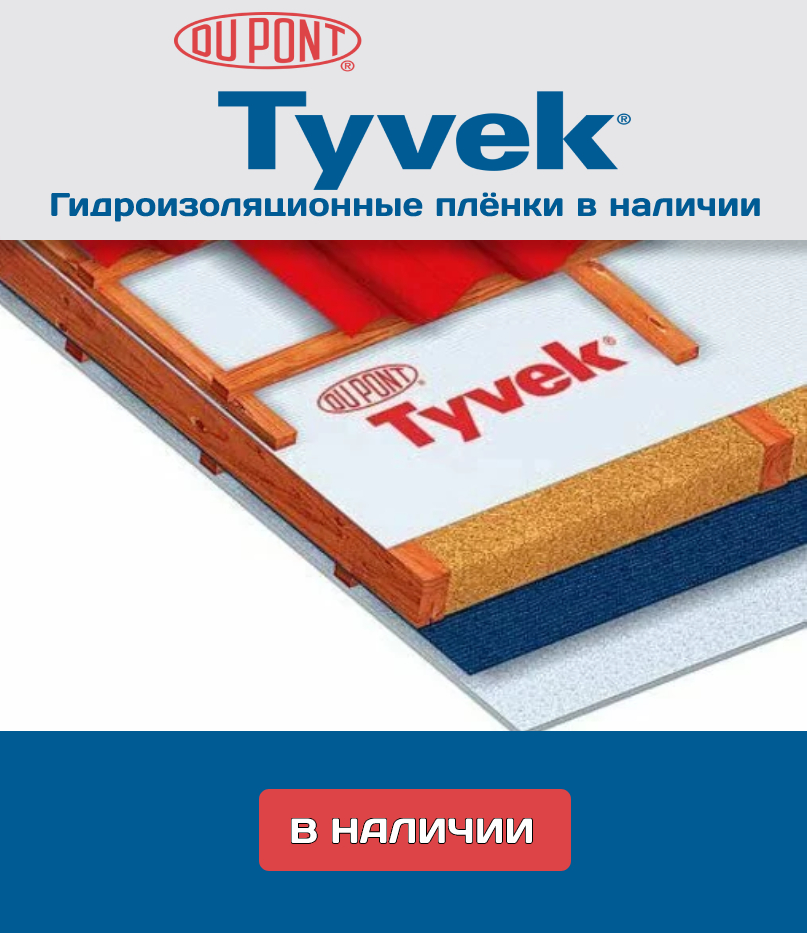Correct Wire Tying Technique
페이지 정보
작성자 RN 작성일25-07-10 21:36 (수정:25-07-10 21:36)관련링크
본문
연락처 : RN 이메일 : kennith_durkin@hotmail.co.uk Selecting the right wire for tying rebar is a crucial step in ensuring the stability and security of a structure. In this article, we will guide you through the process of selecting the correct wire for the job at hand.


There are several types of wire that can be used for tying rebar, and each has its unique properties and advantages. The three most common types of wire used for rebar tying are:
- Rebar Tying Wire: This type of wire is the most commonly used for tying rebar. It is made from a twisted wire with a round or square mesh pattern. The mesh pattern allows for easy twisting and tying of the rebar.
- Zinc-Plated Wire: This type of wire is coated with a layer of zinc, which provides corrosion resistance and makes it ideal for use in harsh environments. Galvanized wire is corrosion resistance and makes it ideal for use in harsh environments. Galvanized wire is a popular choice for виды арматуры use in coastal areas or in structures that are exposed to heavy weather conditions.
- Stainless steel wire: This type of wire is made from a high-quality stainless steel alloy that provides excellent corrosion resistance and longevity. Stainless steel wire is a popular choice for use in structures that require high levels of durability and resistance to corrosion.
- Kind of rebar: Different types of rebar have different requirements for wire. For example, deformed rebar typically requires a thicker wire than smooth rebar.
- Project location: If the project is located in an area with high humidity or exposure to saltwater, it is recommended to use a corrosion-resistant wire such as galvanized or stainless steel.
- Load-bearing capacity|Structural load}: If the structure will be subject to high loads or stresses, it is recommended to use a thicker wire to provide added support and stability.
- Cost|Spending}: The cost of the wire is an important consideration. Thicker wires are typically more expensive than thinner wires, so it is essential to balance the need for strength and stability with the cost of the wire.
- Check the rebar specifications|Verify rebar details}: Review the specifications for the rebar being used to determine the recommended wire size and type.
- Consider the project requirements|Assess the project needs}: Take into account the factors mentioned above, including project location, load-bearing capacity, and cost.
- Seek professional advice: If you are unsure about the best wire to use for your project, consult with experts in the field, such as engineers or construction contractors.
- Test the wire: Before making a final selection, test the wire to ensure it meets the necessary standards and specifications.
댓글목록
등록된 댓글이 없습니다.

